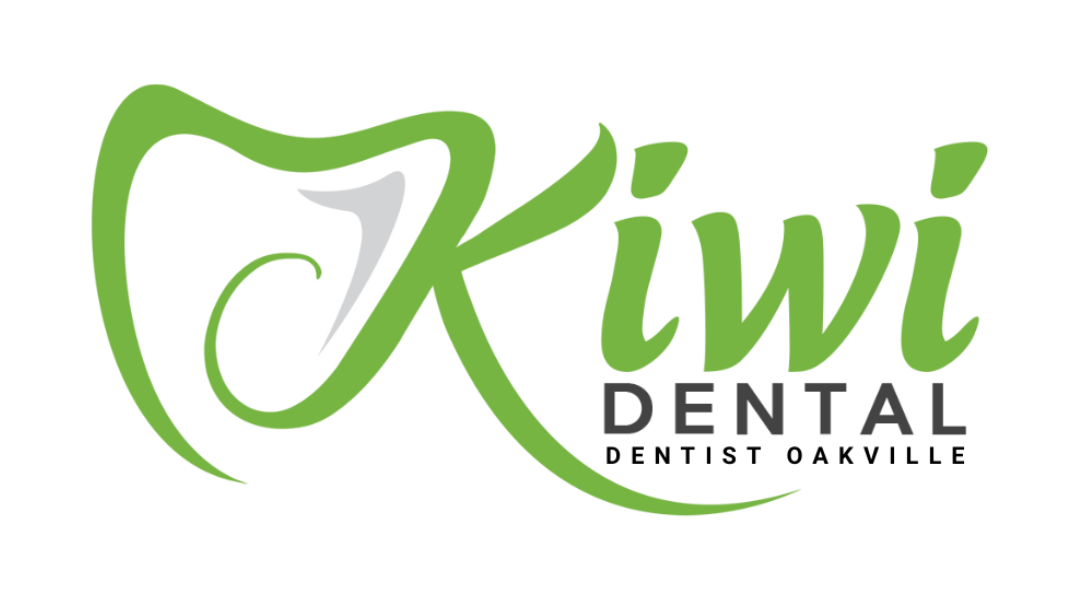


There are many reasons a tooth might need to be extracted.
The most common basis for extracting teeth is decay and trauma.
A dental exam is necessary to ensure the best treatment or the easiest and safeties way to extract the tooth.
A dental examination by a dentist is required to know exactly how much the tooth extraction will cost.
According to the Ontario Fee Guide 2023, here are a few cost ranges on what to expect.
Preparations by your dentist are necessary to ensure successful extraction, such as:
Dental Exam: For your dentist to pinpoint precisely where the problem lies, he will do a full examination of your mouth and take X-rays of the affected area. This step is done before anything else.
Administering of anesthetic: It can be injected locally into the gums to numb pain. On the other hand, general anesthesia to the body may be administered to put you to sleep.
Sleep Dentistry: This procedure will only be recommended depending on the complexity of the operation and the number of teeth involved.
Minor Surgery For Impacted Tooth: An impacted tooth is a tooth that cannot erupt from the gums because it may be misaligned or another tooth is blocking it. Your dentist may have to cut away gum and bone and do minor surgery to remove the tooth.
After the procedure, your dentist will Insert a gauze pad on the hole where the tooth was extracted to stop bleeding and allow it to clot.
Let your dentist know if you have any pre-existing medical condition that might pose a risk to your general health, such as:
If a preexisting condition is present, your dentist may have to put you on a round of antibiotics before extraction.
More importantly, let your dentist know if you are currently on any medication or taking any vitamins.
Recovery will generally take a few days, as your dentist will likely send you home right after the procedure.
Dry Socket: This is a condition that if a blood clot does not usually form over the extraction site, the bone inside the socket may become exposed. Consequently, the risk of infection may occur. Your dentist will cover that area with a special sedative dressing for about a few days, which will allow a clot to form.
Immediately contact your dentist if the following occurs:
The recovery period takes about a few days after the extraction. Avoid strenuous activity while the wound area is healing.
Infection: A decayed or damaged tooth can reach the pulp, a nerve located at the tooth's center. Bacteria from decay must not get this fleshy part of your tooth. Otherwise, a painful infection might occur, and the tooth must be removed.
Crowded Teeth: Orthodontia is a process done by your dentist to align teeth. Sometimes there is not enough space for your dentist to do that so, a tooth or two might need to be extracted to make space for alignment.
Gum Disease: Suppose the patient has a general gum illness that affects a big part of his gums and has loosened a tooth; it must be removed to prevent further infection.

“I am thrilled to share my exceptional experience at KIWI Dental (Oakville). From the moment I stepped through the doors, I felt at ease. The receptionists greeted me with smiles, and their professionalism in handling my appointment was commendable. Overall, my experience was nothing short of awesome.”
– Farzane E.
We’re proud of our 4.9 rating across 555+ reviews on Google.